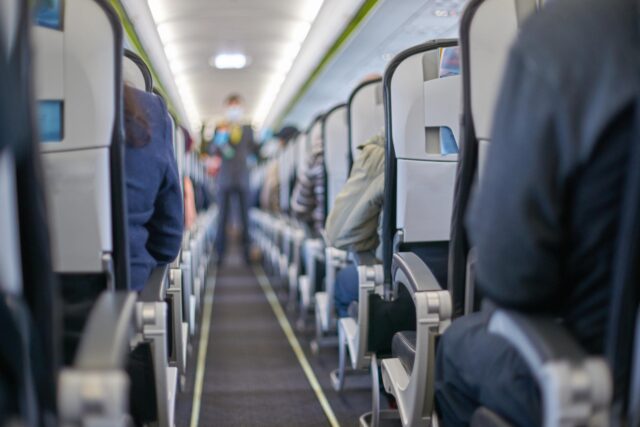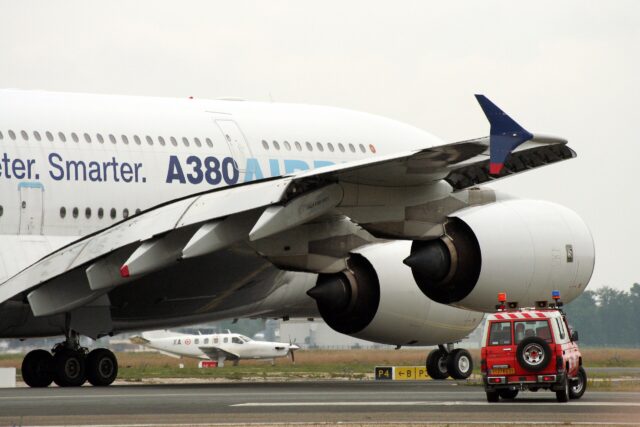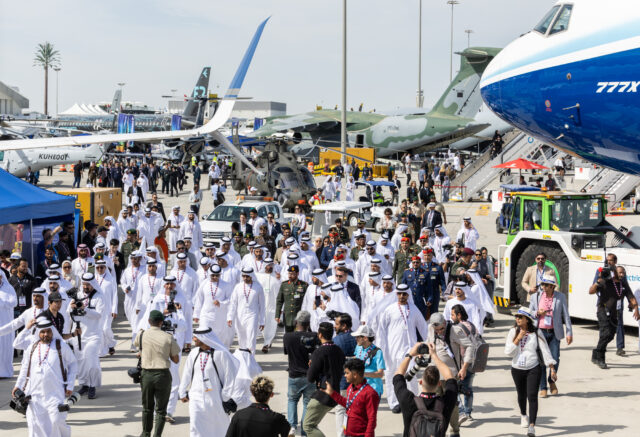ANA implements the world’s first AI-driven turbulence prediction as airlines turn to digital solutions for flight safety

August 12, 2025

All Nippon Airways (ANA) has become the world’s first airline to integrate an AI-based turbulence prediction service. The system, developed by BlueWX Company Limited, uses advanced deep learning techniques to forecast turbulence in real time.
Turbulence is a significant challenge in aviation, especially as some predict the frequency and intensity of turbulence events will increase due to global warming.
Enhancing flight safety with AI
According to ANA, “turbulence remains one of the most pressing challenges in aviation.”
In its announcement, the airline cites the National Transportation Safety Board (NTSB) as saying that turbulence accounts for 30%–50% of aviation incidents.

The AI-powered turbulence prediction system relies on a decade of turbulence data and deep learning algorithms. ANA pilots tested the system over several years, achieving an accuracy rate of 86%.
“For airlines, turbulence prediction is a long-standing challenge,” said Hiroyuki Kometani, Executive Vice President of ANA’s Operation Division. “The implementation of this new system will ensure a more reliable and comfortable air travel experience for all our passengers.”
ANA has officially adopted AI into its operational procedures by integrating the technology into its weather data infrastructure.
ANA AI-enabled turbulence prediction: a collaborative development
ANA’s AI-enabled turbulence prediction system is the result of a joint initiative between ANA and Keio University, launched in 2019. Initial trials began in 2021, with continuous updates enhancing the model’s accuracy and performance.

BlueWX plans to expand the distribution of its turbulence prediction service to other airlines globally, to improve flight safety and operational efficiency across the aviation sector. The company is also developing additional forecast models, including wind speed and direction predictions. These models will help airlines optimise flight routes in support of their target to become carbon-neutral by 2050.
Major turbulence incidents raise flight safety concerns
A series of recent turbulence incidents have led to multiple passenger and crew injuries, flight diversions and aircraft damage.
1. Singapore Airlines Flight SQ321 – May 21, 2024
A Boeing 777-300ER travelling from London to Singapore encountered severe turbulence over Myanmar, resulting in one fatality and 104 injuries among the 229 occupants. The flight diverted to Bangkok for an emergency landing.
Aftermath of Singapore Airlines flight 321 from London to Singapore which had to divert to Bangkok due to severe turbulence. One death passenger and several injured. Blood everywhere, destroyed cabin. #singaporeairlines #sq321 pic.twitter.com/C2FgrVt9yv
— Josh Cahill (@gotravelyourway) May 21, 2024
2. Delta Air Lines Flight DL56 – July 30, 2025
A Delta Airbus A330-900 travelling from Salt Lake City to Amsterdam encountered severe turbulence over Wyoming, injuring 25 passengers and crew members. The aircraft diverted to Minneapolis-Saint Paul International Airport for an emergency landing. Eyewitnesses reported that unsecured passengers and items were tossed around the cabin.
UPDATE:
— Laszlo Varga (@LaszloRealtor) July 31, 2025
At approximately 7:00 PM EDT on July 30, 2025, Delta Air Lines Flight DL56, a transatlantic flight from Salt Lake City, Utah, to Amsterdam, Netherlands, made an emergency landing at Minneapolis–Saint Paul International Airport after severe turbulence caused the aircraft… pic.twitter.com/X79eJMm7K7
3. United Airlines Flight 1196 – August 28, 2024
A United Airlines Boeing 737 flying from Cancun to Chicago experienced severe turbulence over the Atlantic, injuring seven people. The flight diverted to Memphis, where paramedics met the aircraft, and one passenger was hospitalised.
4. Lufthansa Flight LH511 from Buenos Aires to Frankfurt – November 11, 2024
A Lufthansa Boeing 747-8 encountered severe turbulence over the Atlantic Ocean. The aircraft was en route from Buenos Aires to Frankfurt, flying through the Intertropical Convergence Zone, when the turbulence struck. Five passengers and six cabin crew suffered minor injuries.
5. Air Europa Flight UX045 – July 1, 2024
An Air Europa Boeing 787-9 Dreamliner travelling from Spain to Uruguay experienced strong turbulence over the Atlantic. The flight diverted to Brazil, where 30 passengers received medical care at the airport, and 10 went to the hospital.
❗✈️🇧🇷 – Air Europa Boeing 787-9 (EC-MTI, manufactured in 2018) made an emergency landing at Natal-International Airport (SBSG) in Brazil after encountering severe turbulence during flight UX45 from Madrid to Montevideo, Uruguay.
— 🔥🗞The Informant (@theinformant_x) July 1, 2024
The aircraft was cruising at an altitude of… pic.twitter.com/n2lNnWz96h
6. Alaska Airlines Flight 700 – December 2024
An Alaska Airlines Boeing 737-9 flying from Seattle to Phoenix encountered severe turbulence, which caused a sudden drop. Two flight attendants were seriously injured, and one non-revenue flight attendant passenger sustained a minor injury. All were in the rear galley area when the turbulence occurred. The flight continued to Phoenix, where the injured received treatment.
7. Qantas Flight QF520 from Sydney to Brisbane – May 4, 2024
A Qantas Boeing 737-800 experienced severe turbulence during descent, causing injuries to three of the four cabin crew who were still preparing the cabin for landing. While two crew members suffered minor injuries, one crew member fractured an ankle and was unable to move from the galley floor.
The captain announced that all passengers and crew must be seated with seat belts fastened. However, two cabin crew and two passengers (one an off-duty crew member and the other a doctor providing first aid to the seriously injured flight attendant) stayed out of their seats even as the aircraft touched down. The Australian Transport Safety Bureau (ATSB) investigated the incident.
“Data shows that almost 80% of serious turbulence-related injuries in airline operations are sustained by cabin crew, and the most common time for these to occur is when preparing the cabin for landing,” said ATSB Director Transport Safety Dr Stuart Godley.
Airlines turn to technology to address turbulence risks and losses
Beyond the safety risk, turbulence can also have a considerable cost impact for airlines from aircraft damage, flight disruptions, and liability for passenger injuries.

Airlines are adopting digital tools and AI systems to improve turbulence prediction and reduce turbulence-related risks.
In May 2024, Emirates announced it had joined the International Air Transport Association’s (IATA) Turbulence Aware platform. The data-sharing initiative allows airlines to exchange real-time turbulence information.
Emirates will integrate this system with Lufthansa Systems’ Lido mPilot navigation solution, enhancing its ability to detect and navigate around turbulence. Qatar Airways also joined IATA’s Turbulence Aware platform in July 2024.
















